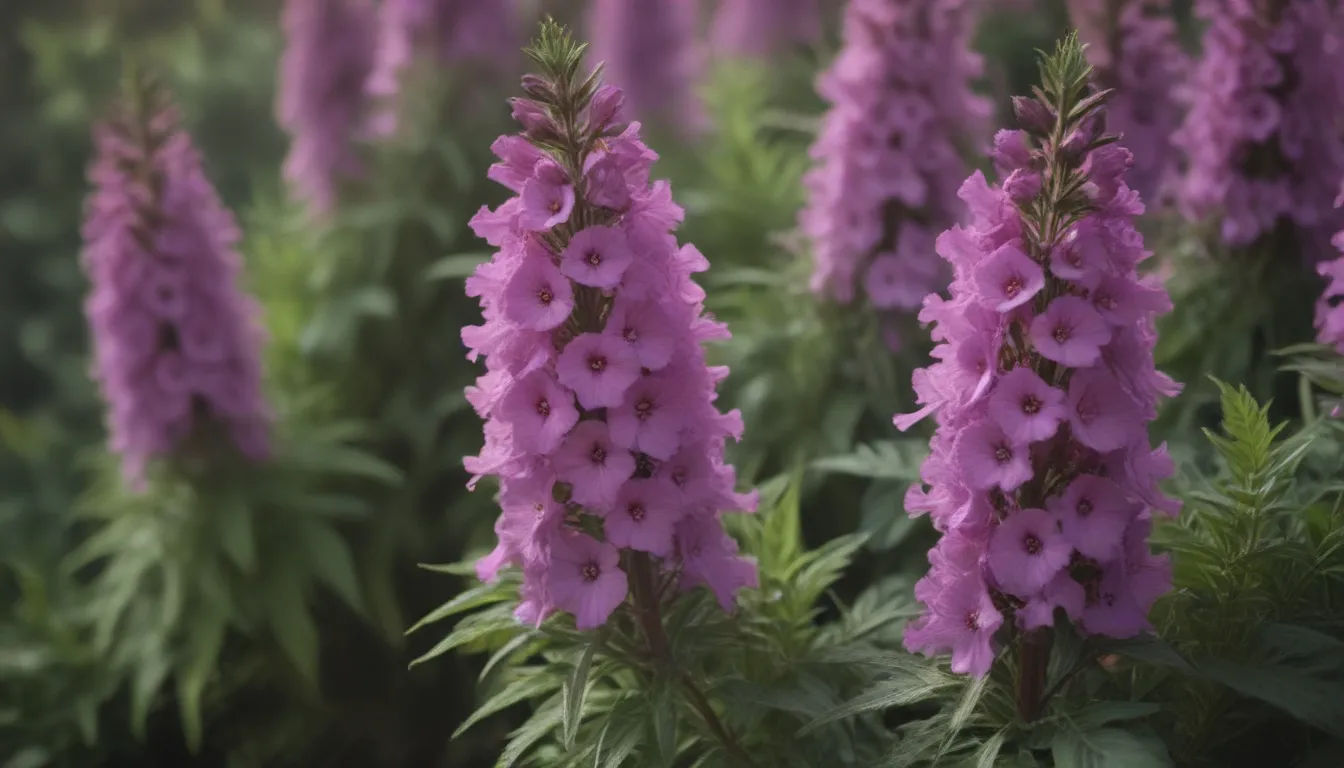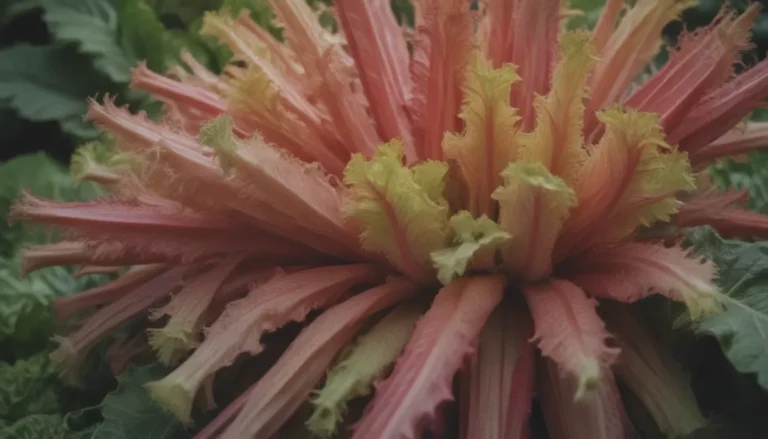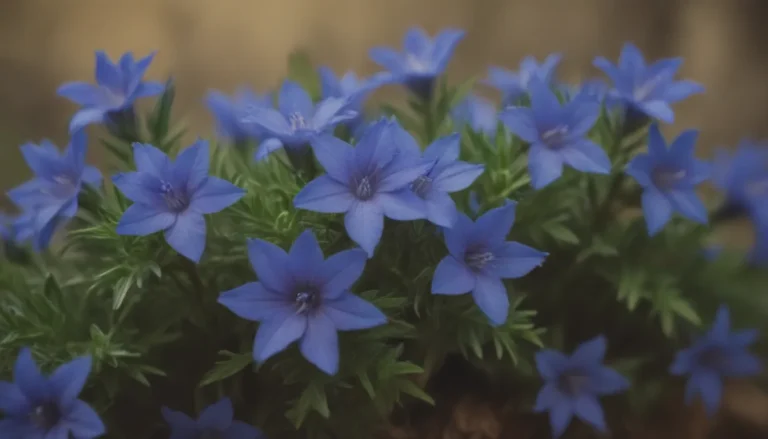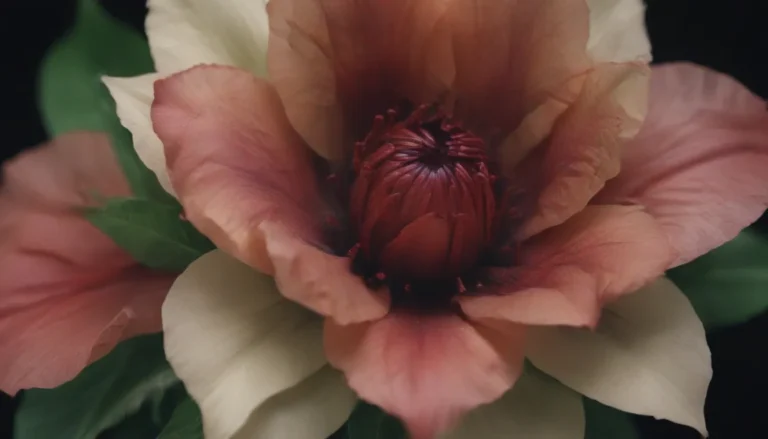Everything You Need to Know About Growing and Caring for Angelonia

If you’re a fan of snapdragons but find their beauty fleeting as the summer heat sets in, then angelonia might just be the perfect plant for you. This lookalike offers the same charm as snapdragons but with the added bonus of standing strong long after other annuals have wilted away. Whether you’re growing it as an annual in cooler climates or as a perennial in USDA cold hardiness zones 9 and higher, angelonia is a versatile and resilient plant that can add beauty to your garden. In this comprehensive guide, we’ll cover everything you need to know about growing and caring for angelonia to ensure it thrives in your garden.
Angelonia Care: A Detailed Guide
Let’s dive into the main care requirements for angelonia to help you grow healthy and vibrant plants in your garden.
Light
One of the key factors to consider when caring for angelonia is providing it with enough sunlight. This plant thrives infull sun, so make sure it receives at least six to eight hours of direct sunlight daily. This will ensure that your angelonia plants bloom continuously and remain healthy.
Soil
Angelonia is a plant that can tolerate a wide range of soil types, but it prefers a soil pH of 5.5 to 6.2. Additionally, soil rich in organic matter will help reduce the need for frequent watering and fertilizing. Good drainage is essential to prevent root rot, so if your garden soil is heavy clay, consider amending it to improve drainage or grow angelonia in a raised bed or container.
Water
While angelonia is a hardy plant that can withstand periods of drought, it’s important to water it when the top few inches of soil feel dry. Good drainage is crucial to prevent waterlogging, so make sure your plants are not sitting in water. Supplemental moisture is acceptable as long as the plants have proper drainage.
Temperature and Humidity
Angelonia thrives in hot summer weather and high humidity conditions. It does particularly well in regions with sultry conditions, such as the deep South. However, it can also fare well in drier regions like the Southwest with some additional watering. Make sure to provide the right environmental conditions for your angelonia plants to thrive.
Fertilizer
Angelonia is a light feeder, so avoid over-fertilizing as it can lead to an overgrowth of foliage at the expense of flowers. Monthly fertilization with a light dose of flower fertilizer at planting time should be sufficient. Follow the product label instructions for the correct dosage to ensure healthy growth and abundant blooms.
Types of Angelonia: Explore Different Varieties
When it comes to angelonia, there are several varieties to choose from, each offering its own unique characteristics and charms. Consider growing one or more of the following varieties in your garden:
- Angelface
- Cascade Blue
- AngelMist
- Angelonia ‘Serena’
- Serenita
Each variety has its own appeal, so feel free to experiment with different types to see which one suits your garden best.
Pruning and Propagating Angelonia
Unlike many annual plants, angelonia does not require deadheading to promote blooming. However, pinching the plants when they’re young can encourage bushier growth. Additionally, angelonia is easy to propagate via stem cuttings, making it a great plant for beginners to experiment with propagation techniques.
Growing From Seeds
Angelonia seeds are very fine and difficult to handle, so look for pelleted seeds that are larger and easier to plant. Here’s a simple guide on how to grow angelonia from seed:
- Start with pelleted seeds for easier handling.
- Plant the seeds in well-draining soil.
- Provide adequate sunlight and water for seed germination.
- Watch as your angelonia plants grow from seeds into beautiful blooms.
Potting and Repotting: Tips for Container Gardening
Angelonia’s constant blooms and self-cleaning habit make it ideal for container gardening. Consider growing angelonia in containers to enjoy its beauty up close and attract butterflies and hummingbirds to your garden. Here are some tips for potting and repotting angelonia plants:
- Use large containers (at least 18 inches in diameter) to prevent drying out too quickly.
- Pot up your angelonia plants in late spring for optimal growth.
- Use a commercial potting soil with the right acidity and drainage for healthy plant development.
Angelonia has a small root system and typically does not require repotting when grown as an annual. However, if you overwinter your plants indoors, consider repotting them in the spring to refresh the growing medium.
Overwintering Angelonia
In cooler climates, angelonia is often grown as an annual. However, you can overwinter container plants indoors to enjoy them year-round. When nighttime temperatures drop below 60 degrees Fahrenheit, bring your angelonia indoors and place it near a window with bright, direct light. Keep the soil moist by watering it about once a week until spring arrives and you can move the plant back outdoors.
Common Pests and Problems
Like any plant, angelonia is susceptible to pests and diseases. Keep an eye out for aphids, especially early in the season when plants are experiencing rapid growth. A light misting of insecticidal soap can help control aphids and prevent damage to your plants. Additionally, watch for common growing problems such as yellowing leaves and leaf drop, which can be indicators of water-related issues. Make sure your plants are getting adequate water, light, and proper drainage to prevent these problems from occurring.
How to Get Angelonia to Bloom: Tips for a Beautiful Display
Encouraging your angelonia plants to bloom is a rewarding experience that will fill your garden with color and fragrance. Here are some tips to help your angelonia plants bloom beautifully:
- Make sure your plants receive at least six hours of direct sunlight per day.
- Enjoy the fruity scent of angelonia flowers, which is especially strong on warm summer evenings.
- Avoid deadheading as these low-maintenance plants will continue to bloom for many weeks without intervention.
Angelonia vs. Snapdragons: A Comparison
While angelonia and snapdragons may look similar, they belong to different genera and offer unique features. Snapdragons come in a wider range of colors, including warm yellows and oranges not typically found in angelonias. Additionally, snapdragons have larger blooms that peak in spring, while angelonias thrive in hot summer weather. Consider starting with snapdragons for early-season color and transitioning to angelonias for a long-lasting flower show throughout the summer.
Fun Facts About Angelonia
- Angelonia is native to Mexico and the West Indies.
- It is a tender perennial that thrives in warm to hot climates.
- Angelonia’s small, orchid-like flowers are a favorite of pollinators and gardeners alike.
In conclusion, angelonia is a versatile and resilient plant that can add beauty and fragrance to your garden with minimal care. By following the tips and guidelines outlined in this comprehensive guide, you can grow and care for angelonia successfully in your own garden. Experiment with different varieties, propagation methods, and growing techniques to enjoy the beauty of angelonias year after year. Happy gardening!





